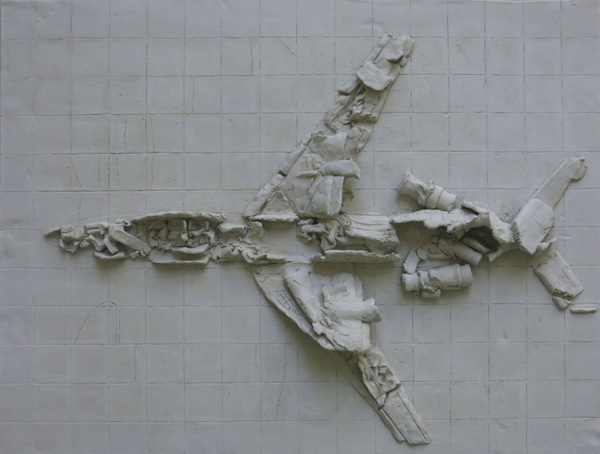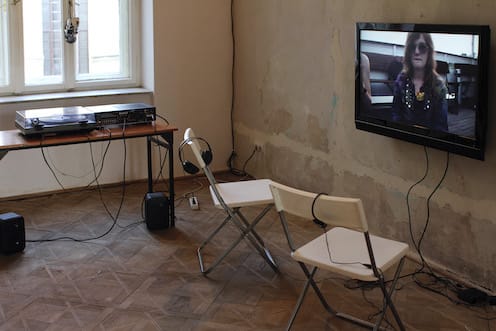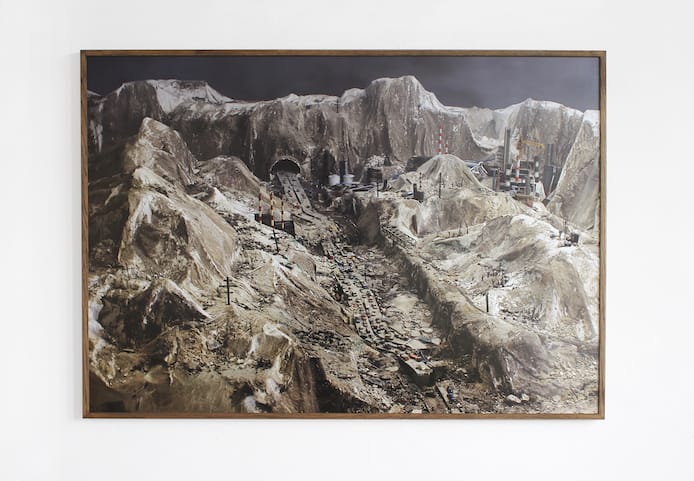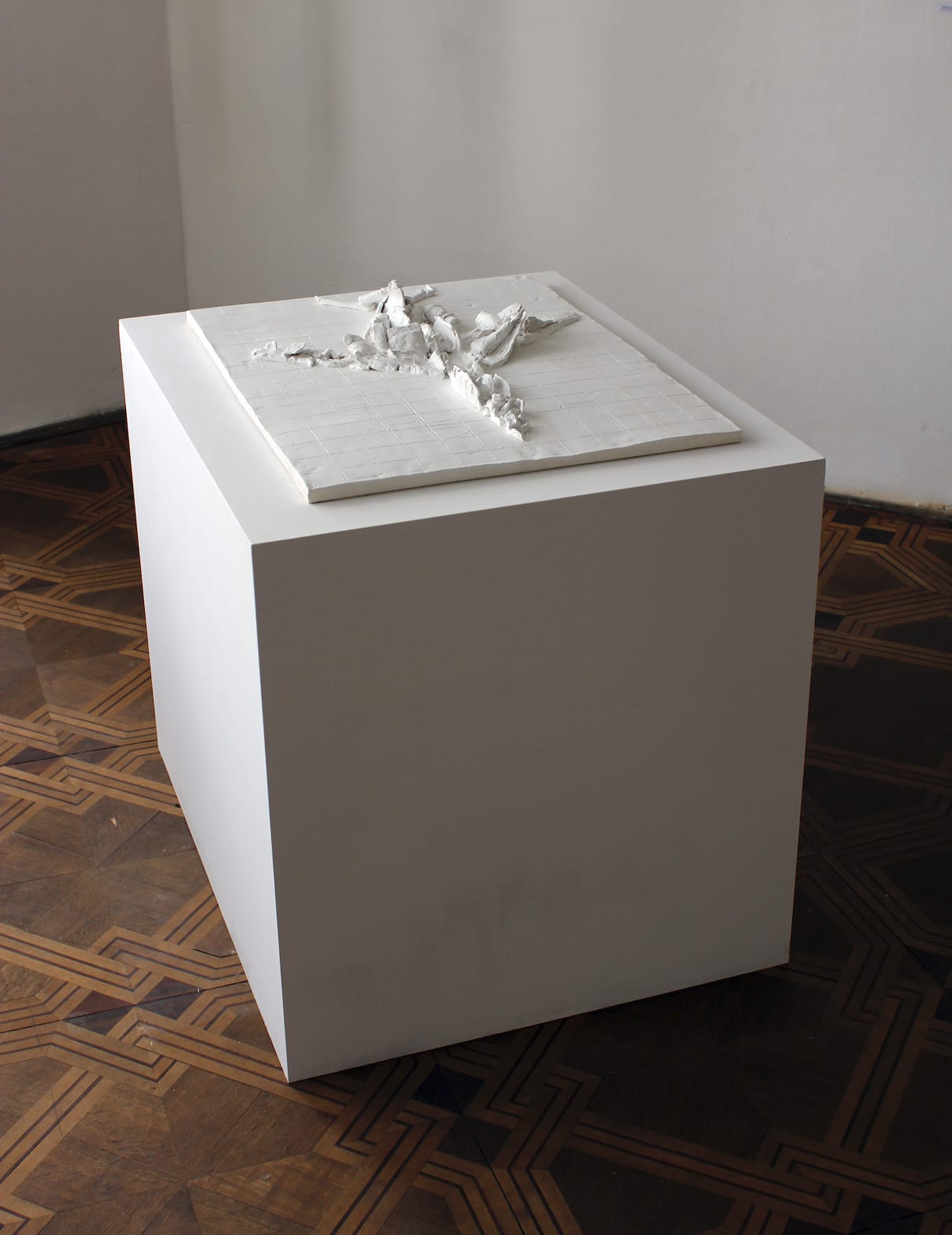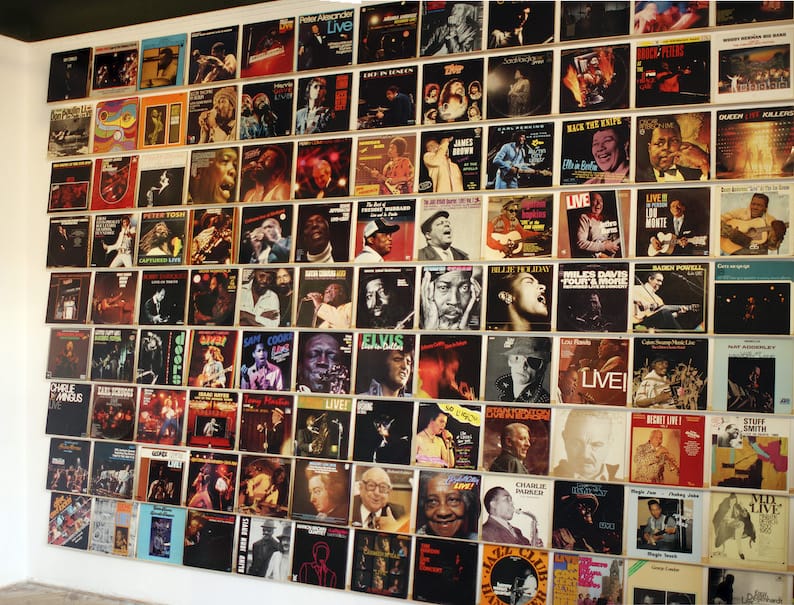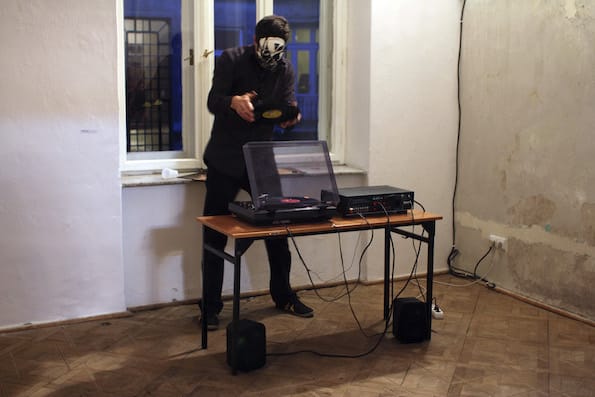Pierwsza wystawa Christopha Draegera w lokalu_30 miała miejsce dokładnie trzy lata temu, w maju 2011 roku, w przestrzeni przy ul. Foksal. Była zderzeniem dwóch wspólnych projektów Draegera i Reynolda Reynoldsa: Apocalypso Place (2000), wideo-instalacji powstałej w atmosferze apokaliptycznych nastrojów przełomu stuleci, na którą składała się rekonstrukcja zdemolowanego mieszkania i zbliżone w formie do sitcomu wideo o zapatrzonych w telewizyjne reprezentacje katastrof mieszkańcach Apocalypso Place, oraz The Last News (2002), relacji z końca świata powstałej jako reakcja na reportaże z 11 września 2001 roku i opierającej się na karykaturalnym odtworzeniu sposobu przedstawiania tragicznych wydarzeń w mass-mediach.
Przywołana wystawa jest dobrym punktem wyjścia do przybliżenia twórczości szwajcarskiego artysty, którego zainteresowania koncentrują się wokół zagadnienia katastrof oraz ich medialnych reprezentacji. W swoich działaniach Draeger wykorzystuje głównie instalację, fotografię oraz wideo, w którym sięga zarówno do materiałów archiwalnych, jak i tych spreparowanych przez siebie. Z jego ważniejszych prac warto wymienić wideo-instalację Black September, rekonstruującą wydarzenia z Igrzysk Olimpijskich w Monachium w 1972 roku, cykl fotograficzny Voyages Apocalyptiques (od 1994), poświęcony nieuchwytności pamięci o różnego rodzaju tragediach, czy zrealizowany wspólnie z Heidrun Holzfeind projekt Tsunami Architecture (2013), pokazywany na zeszłorocznym Biennale w Wenecji, na który składa się książka oraz wideo dokumentujące architekturę na terenach dotkniętych przez tsunami w 2004 roku.
Podobna tematyka pojawi się również na wystawie Unforced Errors, podczas której zaprezentowane zostaną prace Draegera z ostatnich kilku lat, w tym instalacja poświęcona katastrofie smoleńskiej, widzianej z perspektywy obcokrajowca. Zrealizowane przez Szwajcara wideo found footage The Man Who Stole the Moon (2010), składające się w większości z fragmentów telewizyjnych wiadomości oraz filmików z internetu, jest próbą zbadania dyskursu medialnego oraz różnych pojawiających się wówczas w mediach teorii i hipotez dotyczących katastrofy polskiego samolotu. Pokazane zostanie również najnowsze, dwukanałowe wideo The Rd. (2013), w którym Draeger zestawia film The Road (Droga) z 2009 roku, przedstawiający podróż ojca i syna przez postapokaliptyczną Amerykę, ze swoją wersją tej wędrówki, odgrywanej przez niego i jego trzyletniego synka.
Projekt dofinansowany przez Szwajcarską Fundację dla Kultury Pro Helvetia.
________________________________________
Exactly three years have passed since Christoph Draeger’s first exhibition at lokal_30 in May 2011, in the gallery space in Foksal St. The show juxtaposed two joint projects by Draeger and Reynold Reynolds. The first was Apocalypso Place (2000), a video installation emanating the apocalyptic spirit of the turn of the centuries, comprising a reconstruction of a vandalised apartment and a sitcom-flavoured video with the dwellers of Apocalypso Place engrossed in TV coverage of catastrophes. The second – The Last News (2002) – was a coverage of the end of the world created as a reaction to the events of 9/11 in New York, mocking the way tragic events are presented in mass-media.
The above mentioned exhibition is a good point of departure to present the work of the Swiss artist, whose interests revolve around the theme of catastrophes and their representation in the media. In his practice, Dreager relies mainly on installation, photography and video, in which he uses both archival and self-made footage. His major works include the video installation Black September, which reconstructs the tragic events at the 1972 Summer Olympics in Munich; the photographic cycle Voyages Apocalyptiques (since 1994), devoted to the elusiveness of the memory of various sorts of tragedies; or the project Tsunami Architecture (2013), carried out with Heidrun Holzfeind and exhibited at last year’s Venice Biennale, comprising a book and a video documenting architecture in the areas stricken by tsunami in 2004.
Similar themes emerge also from the show Unforced Errors, featuring Draeger’s works from the recent years, including the installation devoted to the presidential airplane crash in Smolensk as seen by a foreigner. The found footage video The Man Who Stole the Moon (2010), comprising mostly TV news footage and videos from the Internet, marks an attempt to investigate the media discourse and various theories and hypotheses related to the catastrophe present in the media. Also on display is the latest, two-channel video The Rd. (2013), where Draeger juxtaposes the film The Road from 2009, a story of a father and son’s journey across post-apocalyptic America, with his own version of the journey made by himself and his three-year-old son.
Project co-financed by the Swiss Arts Council Pro Helvetia


